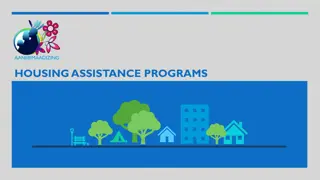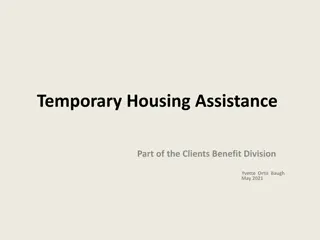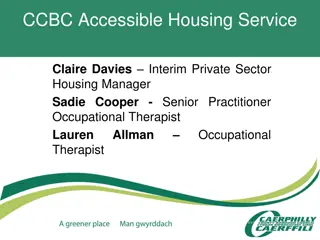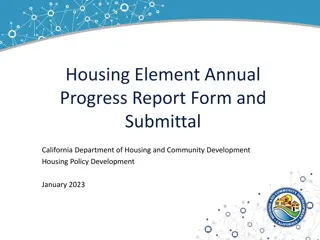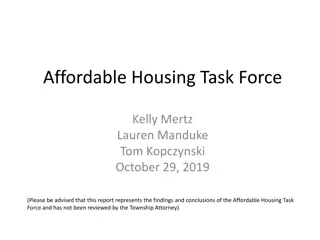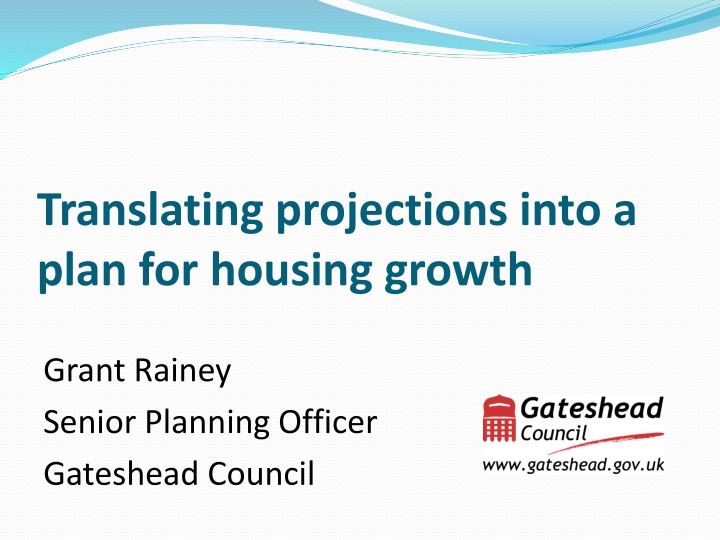
Translating Projections into Plan for Housing Growth | Gateshead Council
This article discusses the process of translating projections into a plan for housing growth, as overseen by Grant Rainey, Senior Planning Officer at Gateshead Council. It covers the challenges, current guidance, and strategies involved in aligning population changes with economic growth objectives.
Download Presentation

Please find below an Image/Link to download the presentation.
The content on the website is provided AS IS for your information and personal use only. It may not be sold, licensed, or shared on other websites without obtaining consent from the author. If you encounter any issues during the download, it is possible that the publisher has removed the file from their server.
You are allowed to download the files provided on this website for personal or commercial use, subject to the condition that they are used lawfully. All files are the property of their respective owners.
The content on the website is provided AS IS for your information and personal use only. It may not be sold, licensed, or shared on other websites without obtaining consent from the author.
E N D
Presentation Transcript
Translating projections into a plan for housing growth Grant Rainey Senior Planning Officer Gateshead Council
Introduction Plan-making combines assessment of evidence with meeting local objectives / aspirations When determining strategic needs for housing and economic growth, issues can be exacerbated by: Changing evidence Reforms to planning policy and guidance Development of best practice hindered by the complex issues affecting economic and housing market conditions at the local level
Current guidance NPPG Planning Advisory Service technical advice note LPEG recommendations revisions to NPPG/NPPF
Gateshead and Newcastle Core Strategy and Urban Core Plan Joint strategic policies between Gateshead and Newcastle Commenced 2009, adopted 2015 Examination summer/autumn 2014 Plans for 30,000 new homes and 22,000 additional jobs 2010-2030 Housing and economic needs didn t delay examination process, and Inspector considered the plan was sound without any changes to figures.
Changing policy context Work commenced prior to revocation of RSS, publication of NPPF and Planning Practice Guidance Key principles: Robust and transparent to withstand scrutiny Based on most up-to-date official data, where available, or justify deviation (compelling evidence) Need to deliver objectives for sustainable growth Local objectives Positively prepared Need to align population and jobs growth projections
Changing evidence Four sets of projections published during plan preparation, also 2011 Census data with revised MYEs
Changing evidence challenges Aligning population change with jobs growth projections and objectives Aligning quantitative needs for new housing (household growth) with availability of suitable land Implications for Green Belt and other land use allocations / designations Cross-boundary implications (potential request to accommodate, or provide for growth in neighbouring area (s) Credibility of evidence, and of strategic plan-making
Economic growth Household / population growth should be compatible with economic growth, when commuting assumptions are For Gateshead and Newcastle, jobs growth of 22,000 additional jobs was compatible with projected growth in latest SNPP (2011-based interim projections) Supported plan objectives of delivering sustainable growth in heart of Tyne and Wear, and allowed Councils to defend against use of lower population/household projections Use of ONS data (migration trends) also supported ability to demonstrate cross-boundary issues had been considered
Economic growth While demographic change can be predicted with some (modest) confidence, projections of long term economic growth at local authority level are more volatile Independent economic growth projections aligned with projected population change can give an Inspector confidence that a plan is sufficiently robust Some evidence that plans aiming for higher levels of economic growth set out in some SEPs will be scrutinised more closely, especially where this does not correspond to past trends in population change
Housing need Population change + household formation rates = household growth Household growth +/- change in dwelling vacancy = net housing requirement Net housing requirement + replacement of demolitions and other losses = gross housing requirement
Tips Use assumptions that are supported by evidence / trends- realistic Consider and address cross-boundary implications Understand objectors arguments Demonstrate that all relevant issues have been taken into account, including new evidence Have a clear narrative (strategic objectives?), linked to evidence, and move quickly to submission Expect to undertake new analysis during examination, but remain confident in the soundness of your plan
External factors Specific conditions within / affecting your area Mismatch between demographic change and economic projections, or objectives Clear leadership Cross-boundary issues External intervention Flux in the planning system, and economic uncertainty
Grant Rainey grantrainey@gateshead.gov.uk (0191) 433 3423


